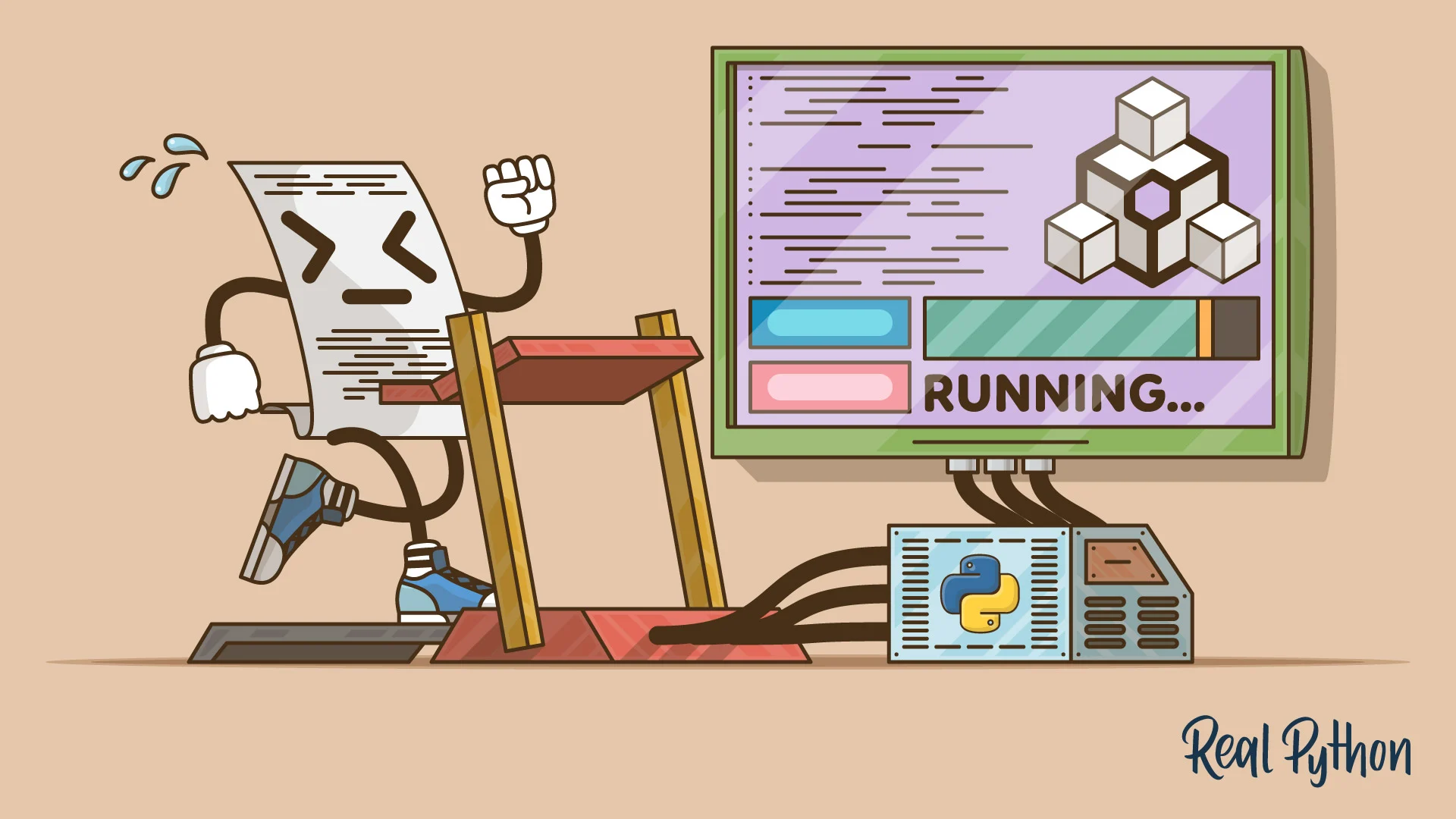Single inheritance is a powerful feature of the Python programming language that allows developers to create complex and robust applications. It enables developers to create classes that inherit the attributes and methods of another class, allowing them to reuse code and build upon existing functionality. This article will explore the benefits of single inheritance in Python, including code reuse, code readability, and improved maintainability. By leveraging the power of single inheritance, developers can create efficient and reliable applications with fewer lines of code.
Understanding the Basics of Single Inheritance in Python
Single inheritance is a concept in object-oriented programming (OOP) that allows a class to inherit properties and methods from a single parent class. It is one of the most fundamental concepts of OOP and is widely used in Python programming.
In single inheritance, a class is defined as a subclass of another class, known as the parent class. The subclass inherits all the attributes and methods of the parent class, allowing it to access and use them. This makes it easier to create complex classes that are based on existing classes.
Single inheritance is the simplest form of inheritance, but it can still be used to create powerful and complex classes. For example, a subclass can inherit all the attributes and methods of its parent class, but it can also add its own attributes and methods. This allows the subclass to extend the functionality of the parent class without having to rewrite all of its code.
In Python, single inheritance is implemented using the class keyword. A class is defined as a subclass of another class by specifying the parent class in parentheses after the class name. For example, the following code defines a subclass called “MySubclass” that inherits from the parent class “MyParentClass”:
class MySubclass(MyParentClass):
# code here
Once the subclass is defined, it can access and use all the attributes and methods of the parent class. It can also add its own attributes and methods to extend the functionality of the parent class.
Single inheritance is a powerful concept that allows developers to create complex classes that are based on existing classes. It is a fundamental concept of OOP and is widely used in Python programming. By understanding the basics of single inheritance, developers can create powerful and efficient classes that are based on existing classes.
Exploring the Advantages of Single Inheritance in Python
Single inheritance is a fundamental concept in object-oriented programming (OOP) that allows a class to inherit attributes and methods from a single parent class. Python is an object-oriented programming language that supports single inheritance, allowing developers to create powerful and efficient programs. In this article, we will explore the advantages of single inheritance in Python.
Single inheritance is a simple and straightforward concept. It allows a class to inherit the attributes and methods of a single parent class. This makes it easier for developers to understand the code and reduces the complexity of the code. It also allows developers to create a hierarchy of classes, which makes it easier to manage and maintain the code.
Another advantage of single inheritance is that it allows developers to reuse code. By inheriting from a single parent class, developers can reuse the code from the parent class in the child class. This reduces the amount of code that needs to be written and makes it easier to maintain the code.
Single inheritance also allows developers to create powerful and efficient programs. By using single inheritance, developers can create classes that are more specialized and focused on a specific task. This allows developers to create programs that are more efficient and perform better.
Finally, single inheritance makes it easier to debug and troubleshoot code. By using single inheritance, developers can trace the code back to the parent class and easily identify any errors or bugs. This makes it easier to debug and troubleshoot the code.
In conclusion, single inheritance is a powerful and efficient concept in Python that allows developers to create powerful and efficient programs. It makes it easier to understand the code, reuse code, and debug and troubleshoot the code. Single inheritance is an essential concept in object-oriented programming and is an important tool for developers.
Examining the Benefits of Single Inheritance for Code Reuse
Single inheritance is a type of object-oriented programming (OOP) that allows for the reuse of code by allowing classes to inherit properties and methods from a single parent class. This type of inheritance is beneficial for code reuse, as it allows developers to reuse code that has already been written and tested.
Single inheritance is a simple and straightforward concept. A class can inherit from a single parent class, and any properties or methods defined in the parent class are automatically inherited by the child class. This allows developers to create a base class that contains all of the common properties and methods, and then create child classes that inherit from the base class. This allows for code reuse, as the child classes can use the properties and methods defined in the parent class without having to rewrite them.
Another benefit of single inheritance is that it simplifies the codebase. By allowing classes to inherit from a single parent class, developers can avoid having to write code for each individual class. This makes the codebase easier to maintain and understand, as developers can easily identify which classes are related and how they interact with each other.
Single inheritance also makes it easier to add new features to the codebase. By creating a base class with all of the common properties and methods, developers can easily add new features to the codebase without having to rewrite existing code. This makes it easier to keep the codebase up to date and to add new features as needed.
Overall, single inheritance is a great way to reuse code and simplify the codebase. By allowing classes to inherit from a single parent class, developers can easily reuse code and add new features without having to rewrite existing code. This makes it easier to maintain the codebase and to keep it up to date.
Analyzing the Performance Impact of Single Inheritance in Python
Single inheritance is a fundamental concept in object-oriented programming, and it is widely used in Python. It allows developers to create a hierarchy of classes, with each class inheriting from a single parent class. This makes it easier to reuse code and create a more organized structure for the codebase.
Single inheritance can have a significant impact on the performance of a Python application. By using inheritance, developers can reduce the amount of code that needs to be written and maintain, and they can also create more efficient code.
When a class inherits from a parent class, it inherits all of the methods and attributes of the parent class. This means that any code written in the parent class can be reused in the child class, reducing the amount of code that needs to be written. This can result in a more efficient codebase, as the same code can be used in multiple places.
In addition, inheritance can also help to reduce the amount of memory that is used by an application. By using inheritance, developers can create smaller classes that contain only the code that is necessary for the specific task. This can result in a more efficient use of memory, as the application will not need to store unnecessary code.
Finally, inheritance can also help to improve the performance of an application by allowing developers to create more organized code. By using inheritance, developers can create a hierarchy of classes that are organized in a logical way. This can make it easier to debug and maintain the codebase, as the code is more organized and easier to understand.
Overall, single inheritance can have a significant impact on the performance of a Python application. By using inheritance, developers can reduce the amount of code that needs to be written and maintain, create more efficient code, reduce the amount of memory used, and create more organized code. All of these benefits can result in a more efficient and performant application.
Applying Single Inheritance to Create More Efficient Code Structures
Single inheritance is a programming concept that allows developers to create more efficient code structures. It is a type of inheritance in which a class can only inherit from one parent class. This type of inheritance is used to create a hierarchy of classes, which can then be used to create more efficient code structures.
Single inheritance allows developers to create a class hierarchy that is more organized and easier to understand. This type of inheritance is used to create a tree-like structure of classes, with each class inheriting from its parent class. This structure allows developers to create code that is easier to maintain and more efficient.
Single inheritance also allows developers to create more efficient code structures by reducing the amount of code that needs to be written. By using a single inheritance structure, developers can create code that is more concise and easier to read. This reduces the amount of time needed to write and maintain code, making it more efficient.
Single inheritance also allows developers to create code that is more reusable. By using a single inheritance structure, developers can create code that can be reused in multiple projects. This reduces the amount of time needed to write and maintain code, making it more efficient.
Finally, single inheritance allows developers to create code that is more secure. By using a single inheritance structure, developers can create code that is more secure and less prone to errors. This reduces the amount of time needed to debug and maintain code, making it more efficient.
Overall, single inheritance is a powerful programming concept that allows developers to create more efficient code structures. By using a single inheritance structure, developers can create code that is more organized, more concise, more reusable, and more secure. This makes code more efficient and easier to maintain.
In conclusion, single inheritance in Python offers a number of advantages that make it an attractive option for developers. It simplifies the process of code reuse, reduces complexity, and allows for more efficient debugging. Furthermore, it allows for the creation of powerful and flexible class hierarchies. Single inheritance can be used to create a variety of applications, from simple to complex. By taking advantage of the benefits of single inheritance, developers can create powerful and efficient applications that are easier to maintain and debug.












